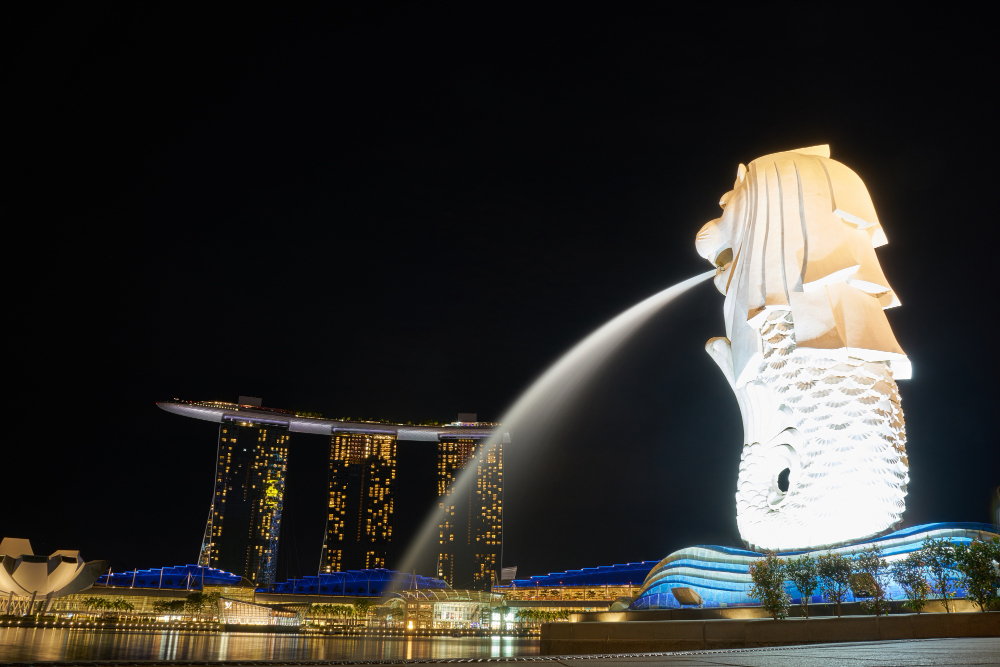Singapore, a vibrant city-state known for its modern architecture, rich cultural heritage, and culinary delights, is a fantastic destination year-round. However, timing your visit can significantly enhance your experience. Understanding Singapore’s climate, events, and peak travel seasons can help you choose the best time for your trip.
Climate Overview
Singapore has a tropical rainforest climate, characterized by high humidity and temperatures averaging between 25°C (77°F) and 31°C (88°F) throughout the year. The weather is generally warm and humid, with occasional rain showers. While there’s no definitive “best” time to visit in terms of weather, certain months may offer more favorable conditions for outdoor activities and sightseeing.
Peak Tourist Season: June to August
The months of June to August mark the peak tourist season in Singapore, coinciding with the school holidays in many countries. During this time, visitors can enjoy various events, including the Great Singapore Sale, where shoppers can find significant discounts across the city. Additionally, the National Day celebrations in August showcase a spectacular display of fireworks and cultural performances, making it a vibrant time to experience local festivities.
However, be prepared for larger crowds at popular attractions, and consider booking accommodations and tickets in advance to secure the best options. While the weather remains warm, the increased tourist activity can enhance your experience with more events and activities to participate in.
Off-Peak Season: February to April
If you prefer to avoid the crowds and enjoy a more relaxed experience, consider visiting Singapore between February and April. This period is considered the off-peak season, with fewer tourists and more availability in hotels and attractions. The weather is still warm, but you may encounter occasional rain, particularly in February.
During this time, you can also participate in the Chinese New Year celebrations, which typically occur in January or February. The festive atmosphere, colorful decorations, and traditional performances provide a unique cultural experience that shouldn’t be missed. This is an excellent opportunity for travelers who appreciate cultural immersion without the overwhelming crowds.
Monsoon Season: November to January
Singapore experiences two monsoon seasons, with the Northeast Monsoon occurring from November to January. During this time, expect increased rainfall and occasional thunderstorms. While the weather may not be ideal for outdoor activities, this period offers lower accommodation rates and fewer tourists.
Visiting during the monsoon season can still be enjoyable, especially if you plan indoor activities. Explore the numerous shopping malls, museums, and attractions like Gardens by the Bay or the Singapore Flyer. Additionally, the Christmas season transforms the city into a festive wonderland, with stunning light displays and holiday markets that create a magical atmosphere.
Consider Local Events and Festivals
When planning your trip, consider aligning your visit with local events and festivals. Singapore hosts a variety of cultural celebrations throughout the year, including the Singapore Food Festival in July, the Hari Raya Puasa celebrations marking the end of Ramadan, and the Mid-Autumn Festival in September. These events provide unique opportunities to experience Singaporean culture and cuisine.
By timing your visit to coincide with these festivals, you can enjoy special activities, local delicacies, and vibrant street performances that showcase the diversity of Singapore’s cultural heritage.
Conclusion
Ultimately, the best time to visit Singapore depends on your preferences for weather, crowd levels, and local events. Whether you choose to experience the bustling peak season, the tranquil off-peak months, or the festive monsoon period, Singapore offers something for every traveler. By planning ahead and considering the factors discussed, you can ensure a memorable visit to this dynamic city-state.




